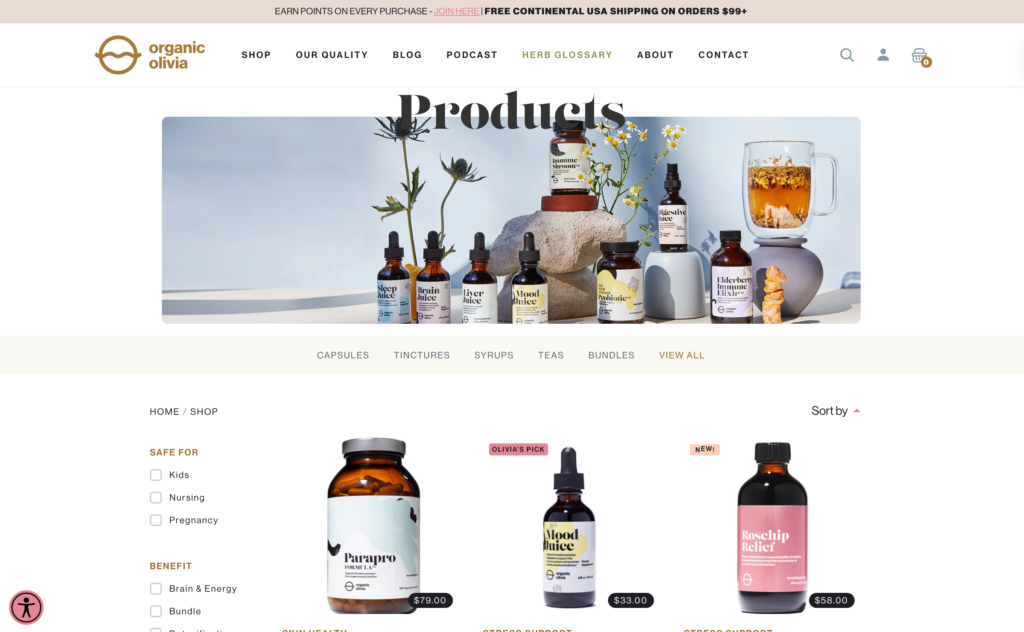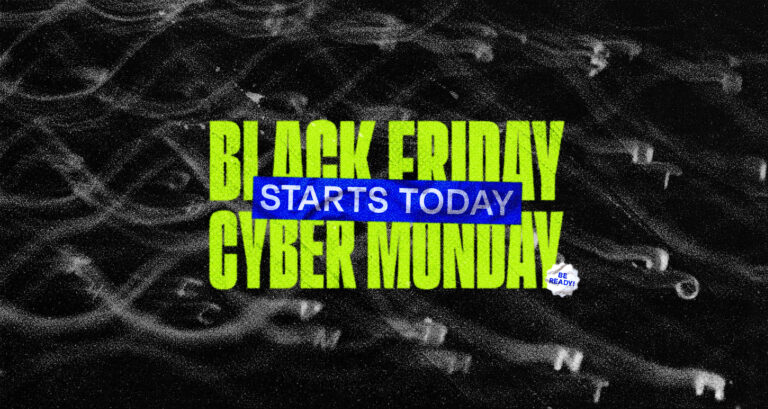In ecommerce, a PLP is a Product Listing Page, and it is where customers go to browse and search for products. You know that page with a list (or grid) of all the different products, and a bunch of ways to filter or sort them? Yeah, it’s that one.
PLPs are typically organized by category, brand, or search phrase, and they display a list of products that match the customer’s criteria.

The PLP is the main page for customers to find products
The main goal of a PLP is to make it easy for customers to find the products they are looking for. This is achieved by providing clear and concise product information, such as name, price, and availability, as well as high-quality images of the products. Additionally, PLPs often include sorting and filtering options that allow customers to narrow down their search results based on factors such as price, brand, or customer ratings.
Also, it’s important for SEO
PLP’s are also crucial for SEO. Search engines like Google like to see a well-structured and optimized page with information related to the category or subcategory, which helps improve the visibility of your website and increase your organic traffic.
The common features of a PLP
Honestly, most PLP’s are rather similar (or at least have similar bits about them). Here’s a quick list of things that you might expect to see on yours:
A list or grid of products
First and foremost, the page will need to display a set of products. Typically, this is done either in the form of a vertical list or in a grid. Sometimes the PLP will give the visitor the option of switching between list or grid formats.
Category filters
When a store has a medium-to-large number of products, it is pretty common to have those products categorized because it makes browsing them easier. The PLP often has some mechanism to allow visitors to filter the list of products on the page by category.
Sorting options
Customers like browsing in different ways. Some like seeing the newest products first. Some want to see the least expensive first. It is common for the PLP to provide a way to choose the order in which a visitor would like to be presented products.
Pagination
Typically, a PLP does not load all of the stores products at once (because it would cause the page to slow down). Instead, it might show 10 or 20 products, and then provide buttons for the visitor to request the next 10 or 20 in sequence. This is called “pagination”. There is also another version of pagination where the visitor does not have to click any button, and the next batch of products is loaded automatically when they scroll to the bottom of the page.
Of course, there are many other bits that might appear on a PLP, but these are the most common.
In short, the PLP is a “bread and butter” page for ecommerce sites
A Product Listing Page (PLP) is an essential element of any ecommerce website. It is where customers go to browse and search for products, and it plays a crucial role in the ecommerce process by providing clear and concise product information and various tools to slice and dice the store’s product catalog.
What’s next? Make sure to learn about PDP’s!


